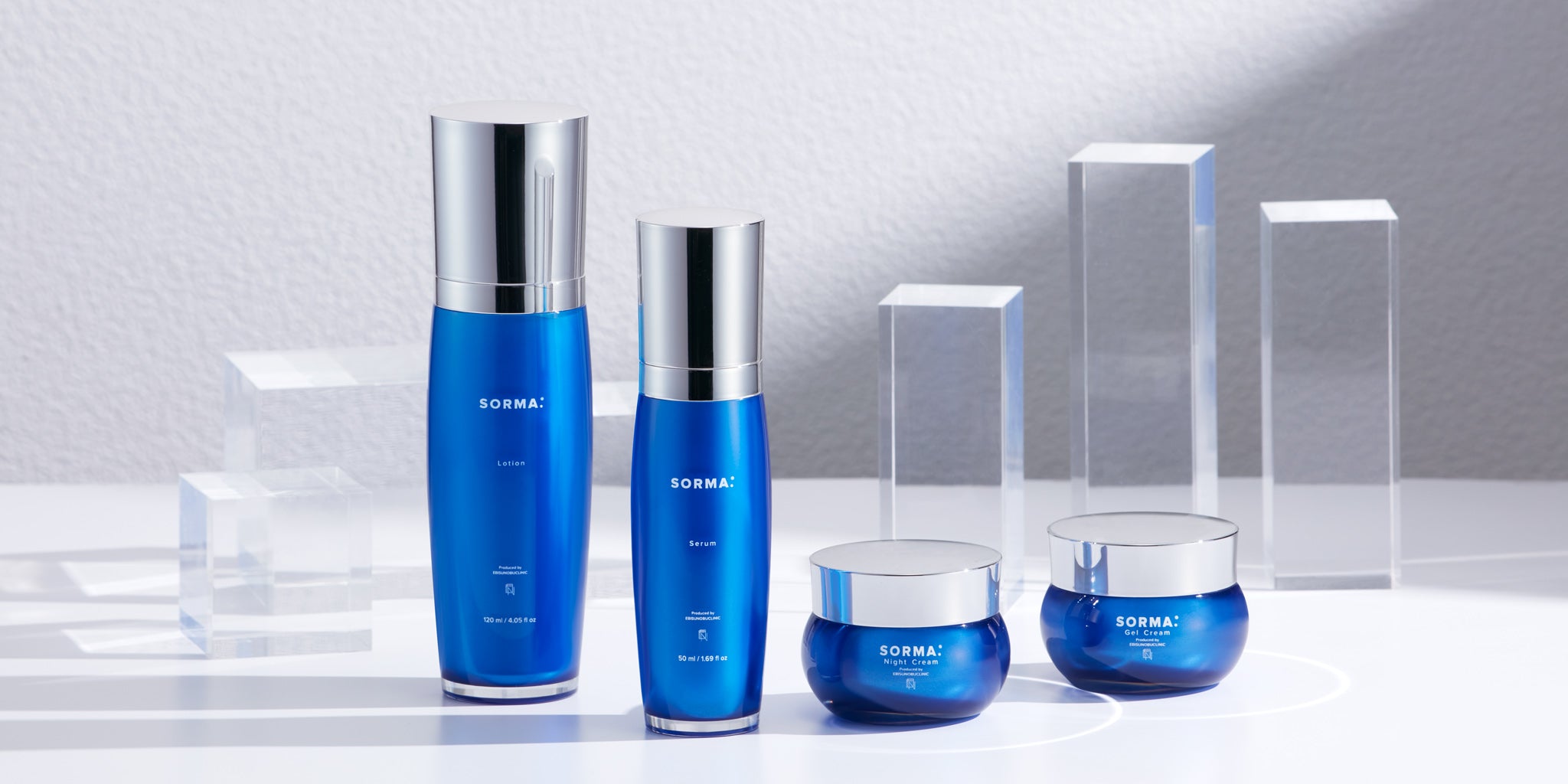
Our Science
1: The Essence of Aging and the Role of Cellular Senescence
Aging is a multifactorial and systemic process that cannot be explained by a single cause.
From fine lines on the face to age-related conditions such as Alzheimer’s disease and arthritis, a range of biological mechanisms are involved. Among them, cellular senescence has emerged as a central focus in longevity science and aging research.
In the 1960s, researchers discovered that human cells divide approximately 50 times before they cease replication and begin to accumulate damage.
This process, known as cellular senescence, is a natural defense mechanism designed to suppress the proliferation of damaged cells that may otherwise become cancerous, thereby maintaining tissue homeostasis.
In our youth, the immune system efficiently clears senescent cells.
However, with age, this clearance capacity declines. Moreover, we are continuously exposed to various factors throughout life—such as oxidative stress, loss of tumor suppressor gene function, and infections—that can accelerate premature cellular senescence.
As a result, senescent cells gradually accumulate in tissues and release inflammatory and pro-senescent signals. Much like a rotten apple spoiling the whole basket, these cells induce senescence in surrounding healthy cells.
This phenomenon significantly contributes to the progression of overall aging and age-related diseases.
Therefore, preventing and inhibiting cellular senescence is considered a highly effective strategy for extending health span—supporting not only youthful skin but also the preservation of internal organ function.
2: Paracrine Signaling and Its Application in Regenerative Medicine
At SORMA, we focused on the effects of paracrine signaling based on clinical experience demonstrating the efficacy of stem cell-conditioned media in treating atopic dermatitis.
Paracrine signaling is the biological process through which stem cells secrete exosomes, cytokines, and growth factors, which then influence surrounding cells.
These messenger molecules act locally—guiding nearby stem cells to damaged or aged tissues, promoting the clearance and repair of senescent cells, and facilitating tissue regeneration.
This mechanism is the biological foundation behind the remarkable skin rejuvenation effects of stem cell-conditioned media, which include:
- Stimulation of collagen and elastin production
- Acceleration of cellular turnover
- Improvement in skin elasticity, firmness, and texture
- Enhancement of the skin’s natural repair mechanisms
3: The Superiority of HUMSC
Among various sources of mesenchymal stem cells, the HUMSC stand out.
The HUMSC contains some of the youngest and most regenerative cells in the body. Compared to other sources such as adipose tissue, HUMSC secrete significantly higher levels of key regenerative molecules:
- Growth factors
- Cytokines
- Exosomes
Thanks to their potent paracrine effect, the HUMSC Conditioned Media has demonstrated superior outcomes in various applications including anti-aging treatments, post-procedure skin recovery, and regenerative skincare—outperforming other types of stem cell–based formulations.
Reference Research Articles
Chang, L., Fan, WW., Yuan, HL. et al. Role of umbilical cord mesenchymal stromal cells in skin rejuvenation. npj Regen Med 9, 20 (2024). https://doi.org/10.1038/s41536-024-00363-1
Chetty S, Yarani R, Swaminathan G, et al. Umbilical cord mesenchymal stromal cells-from bench to bedside. Front Cell Dev Biol. 2022;10:1006295. Published 2022 Oct 12. doi:10.3389/fcell.2022.1006295

SORMA SKINCARE LINE
All ingredients and the product are proudly crafted in Japan
-
SORMA Lotion 120ml
Regular price $160.00Regular priceUnit price / per -
SORMA Serum 50ml
Regular price $300.00Regular priceUnit price / per -
SORMA Gel Cream 30g
Regular price $190.00Regular priceUnit price / per -
SORMA Night Cream 30g
Regular price $240.00Regular priceUnit price / per -
SORMA All 4-in-1 Set
Regular price $890.00Regular priceUnit price / per






